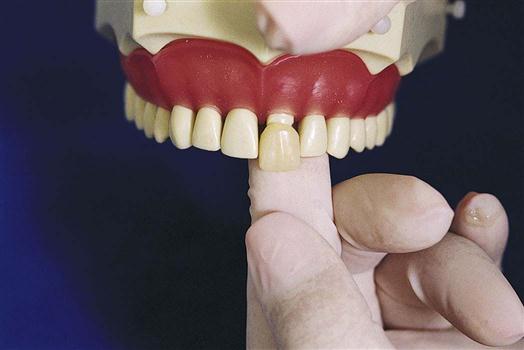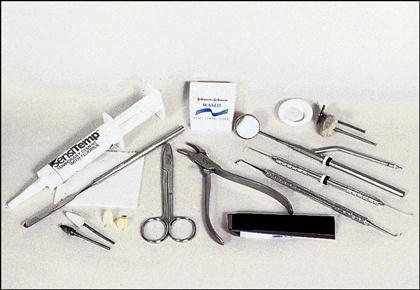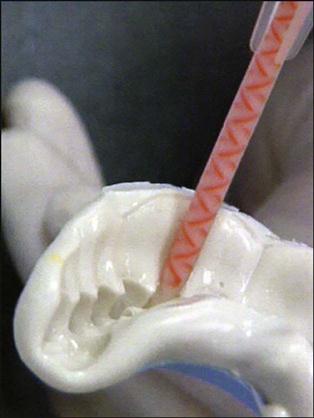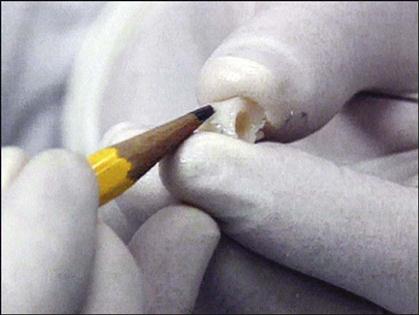Provisional Coverage
Learning Outcomes
On completion of this chapter, the student will be able to achieve the following objectives:
• Pronounce, define, and spell the Key Terms.
• Discuss the indications for provisional coverage for a crown or fixed-bridge preparation.
• Describe the types of provisional coverage.
• Discuss the dental assistant’s role in making a provisional crown or bridge.
Performance Outcomes
On completion of this chapter, the student will be able to achieve competency standards in the following skills:
• Fabricate a custom acrylic provisional crown.
• Fabricate a custom acrylic provisional bridge.
• Fabricate a direct provisional crown from a preformed polymer crown.
Electronic Resources
![]() Additional information related to content in Chapter 51 can be found on the companion Evolve Web site.
Additional information related to content in Chapter 51 can be found on the companion Evolve Web site.
• Interactive Dental Office Patient Case Study: Chester Higgins
• Procedure Sequencing Exercises
• WebLinks
![]() and the Multimedia Procedures DVD
and the Multimedia Procedures DVD
Key Terms
Custom provisional Pertaining to coverage designed from a preliminary impression or thermoplastic tray resembling the tooth being prepared.
Polycarbonate (pol-ee-KAHR-buh-nayt) crown Provisional crown made from a hard plastic tooth-colored material used for anterior teeth.
Polymer crown Provisional coverage designed in a shell-like form.
Preformed Referring to provisional coverage that is already shaped as needed.
Provisional Pertaining to temporary coverage made for crown or bridge preparations and worn during cast preparation.
Stainless steel crown Thin aluminum crown made from a medium-hard material for good durability.
Provisional coverage is a temporary protective crown or bridge that is temporarily cemented to a tooth that has been prepared to receive a single crown, or to the abutment teeth for a fixed bridge. The patient will wear the provisional coverage while the dental laboratory technician prepares the fixed prosthesis.
A provisional crown or bridge restores and maintains function to that area of the mouth and keeps the patient comfortable during the period from tooth preparation to final cementation. In most cases, this period can range from 2 weeks to 1 month. Occasionally, a patient is required to wear the provisional prosthesis for a longer period to accommodate a more complex treatment plan. This type of treatment typically involves implants or periodontal therapy.
Indications for provisional coverage include the following:
• To prevent or reduce sensitivity and discomfort of the prepared tooth and surrounding tissues
• To maintain the function and esthetics of the tooth
Types of Provisional Coverage
Two types of provisional coverage are commonly used: custom and prefabricated. The dentist will determine the type of coverage needed according to the individual’s case and oral condition. The construction and temporary cementation of provisional coverage may be an expanded function in the state in which you practice. If this is the case, this procedure may be delegated to you as a major role in your clinical position.
Custom Provisional
A custom provisional represents the most common type of temporary coverage used for crown and bridge preparations (Fig. 51-1). Custom preparations can be the most time-consuming dental prostheses to make, but they provide the best-fitting and most natural-looking restoration. This custom technique can be used for posterior or anterior crowns or bridges. See Procedures 51-1 and 51-2.
Stay updated, free dental videos. Join our Telegram channel

VIDEdental - Online dental courses







